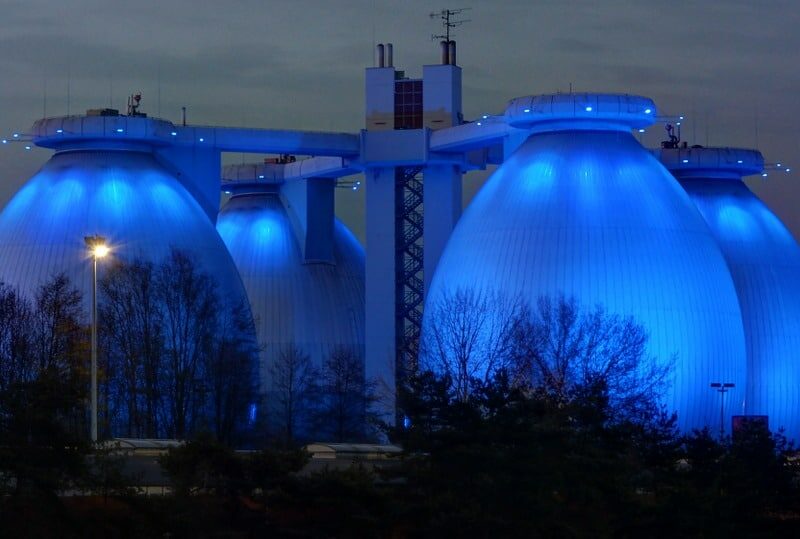Lead Pipes
Do You Have Lead Pipes in Your Home? Water mains in the UK are not…
Read more24 hr Emergency Callout

Blog
Today, we discuss what happens when you flush. I know, it’s not a particularly delightful process, but it’s something very few people understand. Like all forms of waste disposal, we don’t often contemplate where our waste water goes or where it ends up. We pull the plug or flush the toilet without a second thought. Not today. Today’s the day you discover what happens when you flush.
Waste water companies in the UK have an important duty to remove and treat our country’s sewage effectively. When you flush, your waste water goes on a long journey through the sewers, passing through a set of treatment stages, before being safely returned into the environment. I thought it would be a good idea to take you on the virtual journey so that you can understand where your waste water ends up. The steps are outlined below, read on to find out more.
The first step of the process comes with flushing the toilet. Your sewage flows into the main sewer, which is usually the large pipeline found underneath the road. It will then pass through the pipes, which typically get larger and larger as they join and transport the wastewater to the next stage.
This is the first stage and it involves the screening of sewage and the removal of large debris, including sanitary items, leaves, rags, wet-wipes and more, as these are not biodegradable. This process also involves the removal of sane and grit which is removed and sent to landfill sites. To remove all debris, the sewage is run through what is effectively a large sieve. All the things that shouldn’t have been put down the drain get trapped in the screening process.
The next stage is referred to as the settlement stage, during which the sewage is transferred into large settlement tanks to separate the liquids and solids. During this stage, scrapers move around very slowly in the tanks, pushing the collected sludge into an outlet in the middle where it can be taken away and used as fertiliser, composted or sent to anaerobic digestion tanks to create methane to fire power stations. The water flows over the top and moves onto the next stage of the process.
This stage involves the introduction of oxygen to the sewage to help bacteria break down the organic matter found in the liquid park of the sewage. The oxygen that is pumped into the sewage encourages ‘friendly’ bacteria to consume the dangerous bacteria. The aeration process also reduces the amounts of other contaminants, etc. and the resulting quality is usually regarded as safe for release to a watercourse. The process is remarkably successful and kills most of the dangerous organisms.
The final treatment stage involves tertiary treatment and involves a further aerobic stage, followed by an oxygen depleted stage to reduce nitrogen and phosphorous. This stage can also, depending on the treatment plant, involve using a UV light, chlorination or ozone treatment to remove any remaining bacteria or viruses.
By this stage, the remaining water is now clean enough to be sent back into the rivers or oceans, where it becomes part of the ecosystem. In some cases, the water put back into the environment has been known to improve water quality in rivers and streams, helping to keep them healthy. The quality of this cleaned wastewater is strictly regulated by the Environment Agency and Natural Resources Wales, and all companies are extremely thorough in their testing to ensure that it meets exceptionally high standards.
Eventually, this water which is released back into nature will form clouds, fall as rain and some of it will find its way back to the waterworks where it will be treated and likely end up coming out of your kitchen tap!
I hope you have found this article useful and that it has given you an insight into the treatment of sewage and wastewater. Now, perhaps, when you flush you will give a thought to where the water goes. Or, you may be put off from drinking water ever again. Either way, I hope this article has been helpful. For more information, or for help with your drains, give Coastal Drains a call. We are professionals in all things drainage and can answer any questions and fix any problems you may have. Call us today!